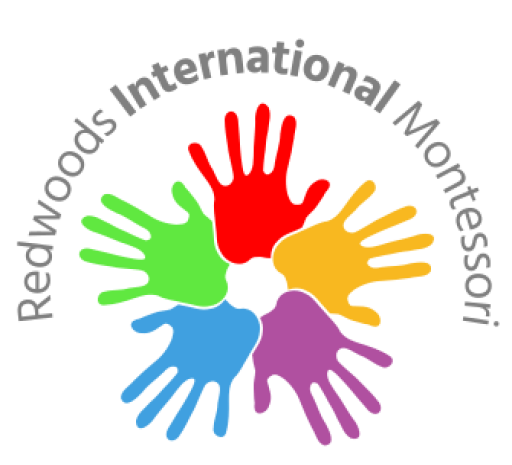The Montessori method is more than just an educational philosophy—it’s a way of understanding and nurturing a child’s natural curiosity, independence, and desire to contribute meaningfully to the world around them. At The Redwoods Montessori Preschool and Kindergarten, we follow these time-tested principles in our classrooms every day. And the best part? You can carry them into your home life with just a few thoughtful adjustments.
Here’s a breakdown of the core Montessori methods of learning—and how to make them part of your daily routine at home.
1. Hands-On Learning Through Purposeful Play
In Montessori:
Children don’t passively absorb information—they interact with carefully designed materials to build understanding through experience. Montessori materials are self-correcting, tactile, and focused on one concept at a time. For example, the Pink Tower teaches size gradation, while Number Rods build early math skills.
At Home:
Set up a shelf with open-ended, tactile toys like wooden blocks, shape sorters, stacking cups, or kinetic sand. Introduce activities like sorting colored buttons, stringing large beads, or transferring beans between bowls using a spoon. These kinds of tasks refine motor skills, focus, and problem-solving abilities.
📝 Pro Tip: Choose materials made of natural textures (wood, fabric, metal) and avoid noisy, battery-operated toys that distract from deep concentration.
2. Freedom Within Limits
In Montessori:
Children are free to choose their work—but within a structure that encourages respect for themselves, others, and their environment. They learn to manage their time, follow routines, and complete tasks independently.
At Home:
Offer choices within set boundaries:
“Would you like to wear the blue shirt or the red one?”
“Do you want to do your puzzle before or after snack time?”
Create simple routines: wake-up time, dressing, breakfast, independent play, outdoor time, cleanup, etc. Predictable rhythms help children feel secure and capable of making decisions.
📝 Pro Tip: Keep limits consistent and clear—children thrive when they understand what is expected and feel empowered within those boundaries.
3. The Prepared Environment
In Montessori:
Every classroom is meticulously organized to promote independence. Items are arranged at the child’s height, tools are real (not toy versions), and materials are neatly displayed so the child can choose and return them with ease.
At Home:
Set up child-sized furniture and use labeled bins or low shelves for toys and books. Involve your child in keeping their environment clean and tidy. Use step stools to give them access to sinks, counters, or shelves where they can safely help.
Examples:
Create a “getting ready” station with hooks at their level for coats and bags.
Set up a child-accessible snack drawer in the kitchen with healthy options.
Keep a small pitcher of water and cups so they can pour their own drink.
📝 Pro Tip: Less is more. Keep out only a few toys or books at a time and rotate them weekly to keep interest fresh and encourage deeper engagement.
4. Respect for the Child
In Montessori:
Children are seen as capable individuals with valid thoughts and emotions. Teachers serve as guides, observing and responding to each child’s needs, rather than imposing learning through rewards or punishments.
At Home:
Use positive, respectful language. Instead of saying “Good job!” try, “You worked really hard on that!” or “How did that make you feel?” Let your child take the lead on small tasks and encourage them to express themselves freely.
Give your child uninterrupted time to work or play alone—this builds patience, focus, and self-reliance.
📝 Pro Tip: Avoid doing for your child what they can do for themselves. It might take longer, but the payoff in confidence and independence is worth it.
5. Practical Life Activities
In Montessori:
Children engage in real-world tasks like sweeping, pouring, polishing, and preparing food. These aren’t just chores—they build coordination, independence, order, and responsibility.
At Home:
Invite your child to help with:
Washing fruits and vegetables
Folding small towels or napkins
Watering plants
Feeding pets
Using tongs or a funnel to transfer items
These moments create connection while building valuable life skills.
📝 Pro Tip: Use child-sized tools that are functional and safe (like a small broom, butter knife, or whisk). Your child will feel more confident using tools made for their hands.
Ready to Bring Montessori Home?
You don’t need to turn your house into a classroom—just a few thoughtful adjustments can make a big impact. By encouraging independence, respecting your child’s pace, and creating a supportive environment, you’ll help nurture their natural love for learning both in and out of school.
At The Redwoods Montessori Preschool and Kindergarten, we partner with parents to build a strong foundation for lifelong growth. Want to learn more?
Visit TrimontSchools.com to schedule a tour or learn more about our curriculum in Redwood City and San Ramon, California.




Recent Comments